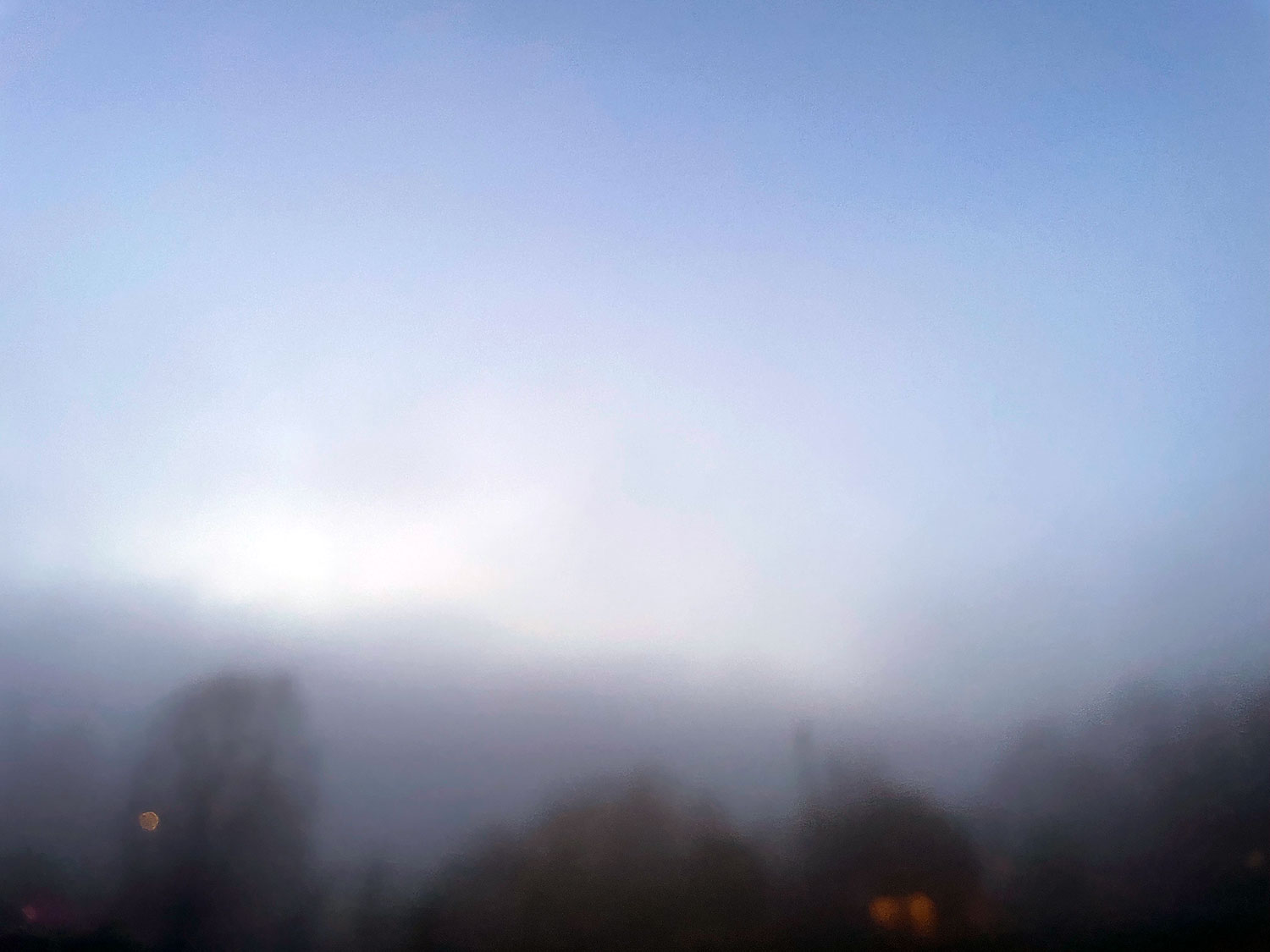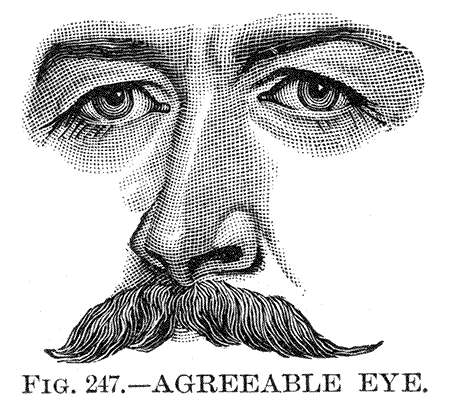okey-dokey

…the field is open to conjecture, so long as conjecture does not soar in the air but follows the true tracks that survive and is in keeping with the character of the times and the persons involved.
One can spend a lot time trying to puzzle out why Hamann called his Socratic Memorabilia ‘Socratic’ and ‘Memorabilia’. Doing so has a bit of the same savor as ‘what is “called” thinking’, and indeed, the mention of the readers who can swim philosophically from island to island (‘Lesern, welche schwimmen könnten’ – a nod to the Delian divers necessary to interpret Heraclitus, according to the life of Socrates in Diogenes Laertius) does rather put one mind of Heidegger (and Kierkegaard, of course).
It’s I problem I have with reading Hamann in general (by which I mean going beyond the title page): it is densely allusive, so linked and cross-linked, that for each reference one ‘gets’, one dimly perceives that there are others one cannot begin to imagine. One is reduced to analogy: the text, interwoven, a cobweb criss-crossing and apparently tangled but exquisitely structured, lined with a few key filaments on which the reader becomes stuck, captured and drained in the hunt for meaning. More accurate to my feeling, perhaps, is the sense that I approach reading Hamann as a raccoon attempts to eat candyfloss: 1 one applies typical procedures to the consumption of something apparently substantial and lofty, only to have it disappear, dissolve, resolve itself into something less than a dew.
- It might, with more precision, be called God-waffle, but I am not certain raccoons consume God-waffle or what their method for doing so would be.[↩]
